Astronomers looking at how black holes grow over time may have found the answer to one of the biggest problems in cosmology.
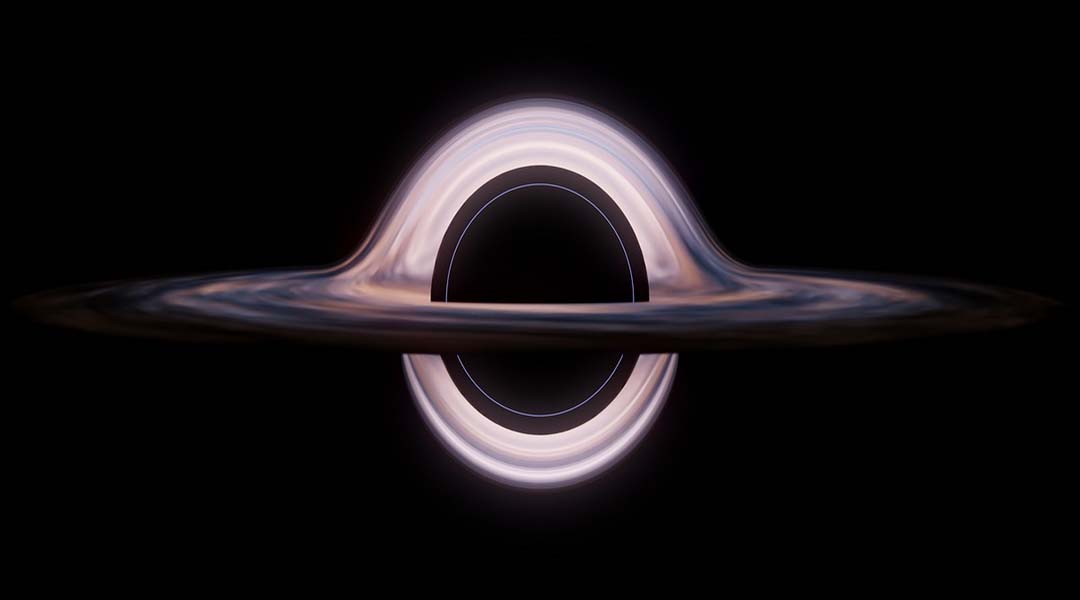

Astronomers looking at how black holes grow over time may have found the answer to one of the biggest problems in cosmology.

Striking images and innovative science — from a hydrogel chessboard to floating steel and a thyroid-on-a-chip.
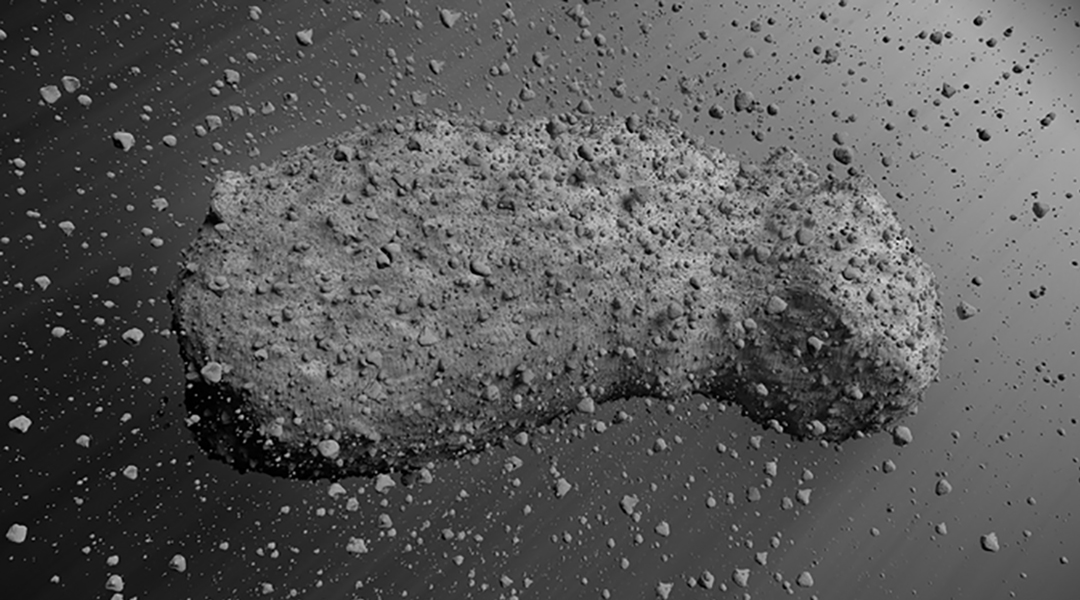
Analysis of dust particles collected from the surface of the 500-meter-long asteroid has implications for planetary defense.
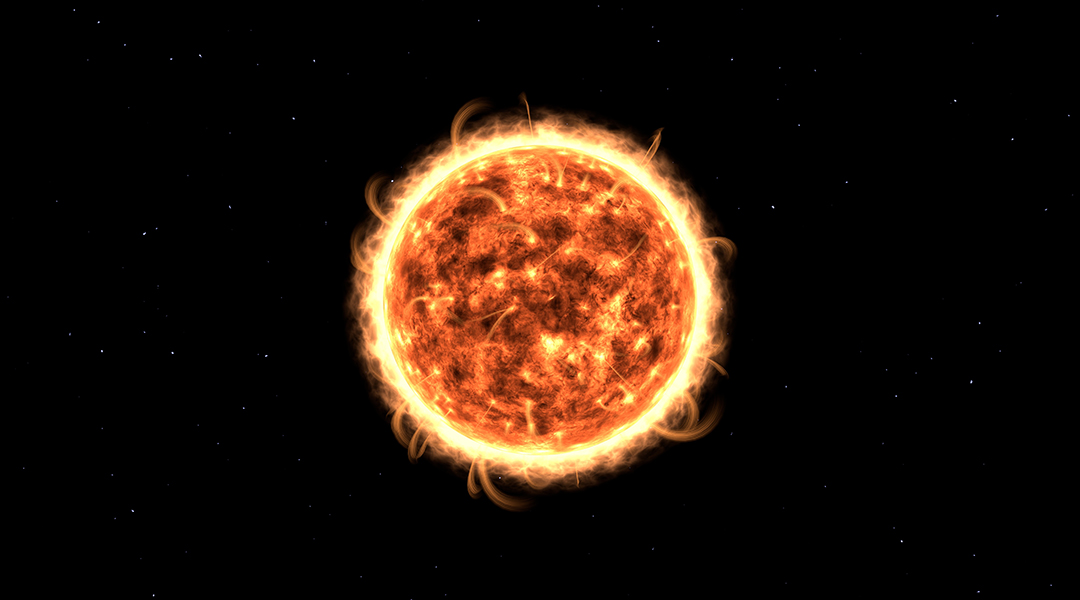
Sending atomic and nuclear clocks into the inner reaches of our solar system could help scientists find proof of elusive dark matter.
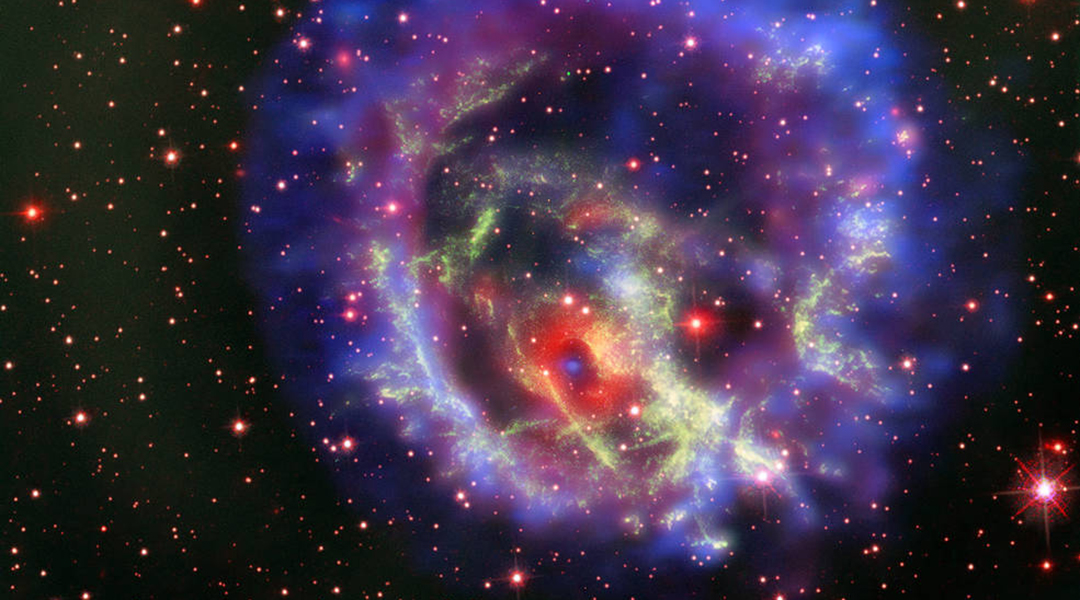
Comparing algorithms used to model spinning neutron stars, scientists hope to better understand the physics of the elementary particles that make them up.

What would it mean for two particles to become gravitationally entangled?
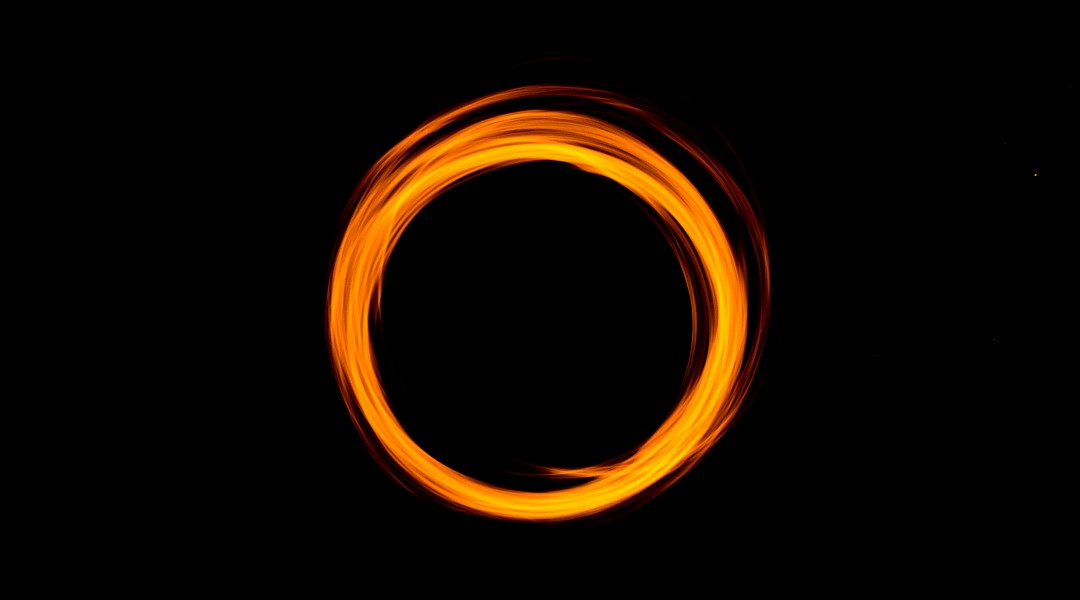
Is it time to start looking for alternatives to WIMPs?
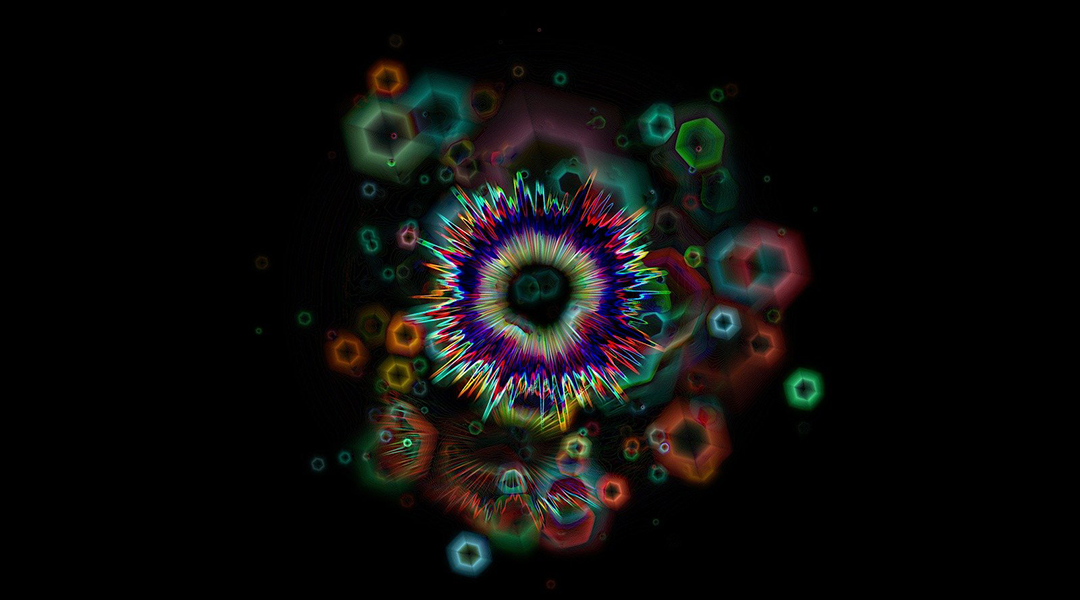
Quantum gravity seeks to describe gravity according to the principles of quantum mechanics, but can it be done?

More confirmation needed to see if recently discovered object is a quark star.
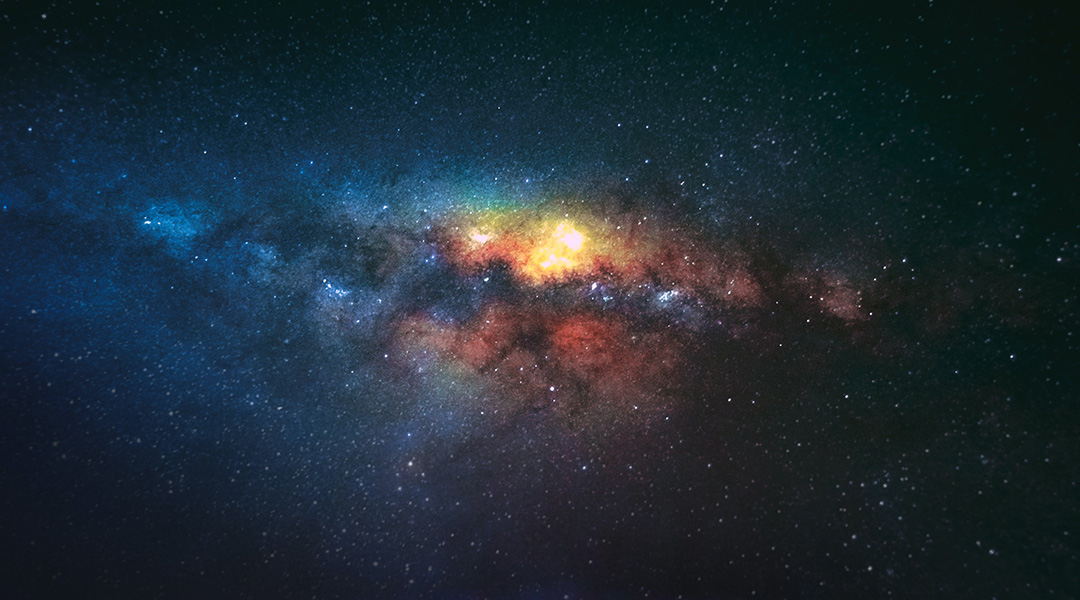
Using a new definition of galaxy size, astronomers have uncovered new, exciting findings about how they formed and evolved.